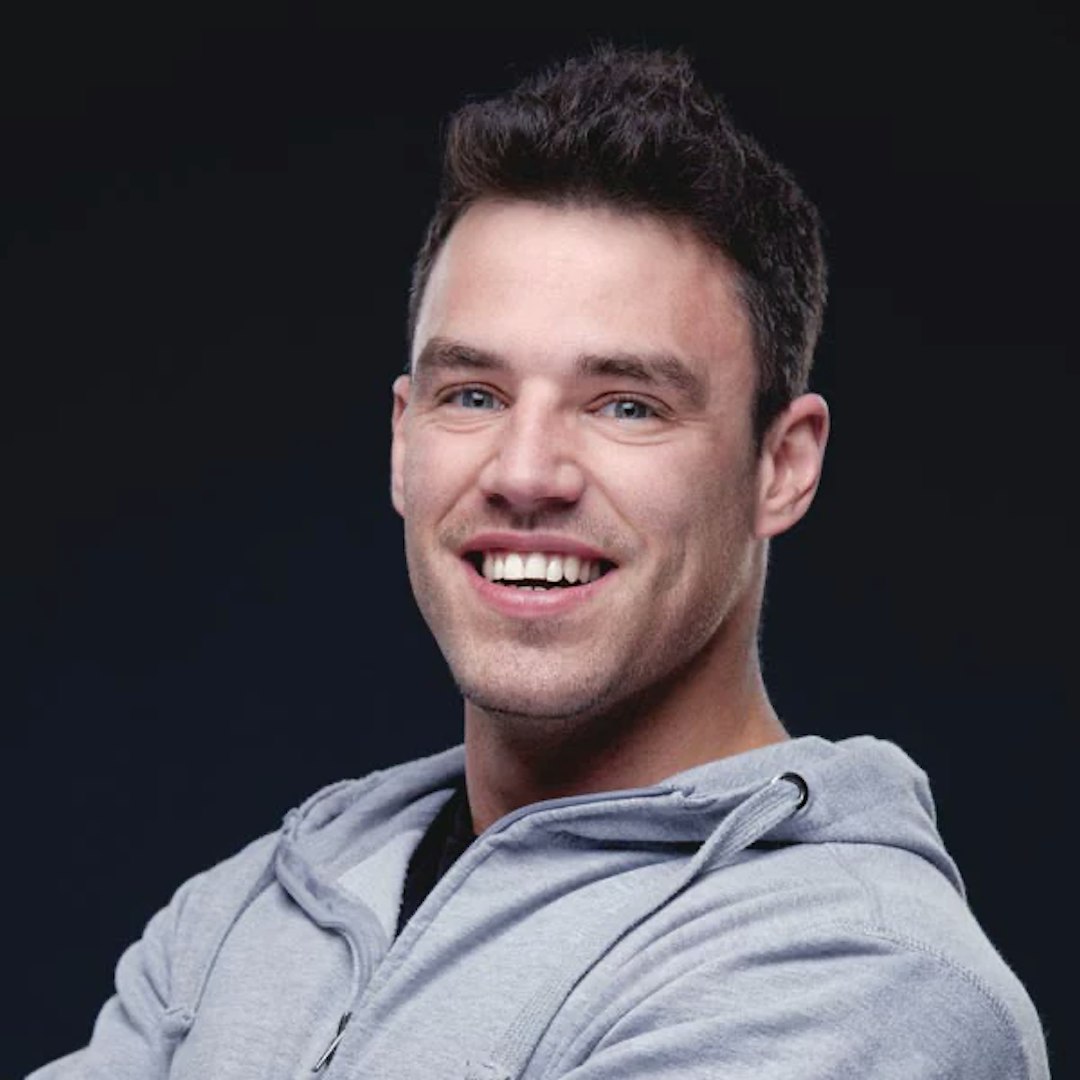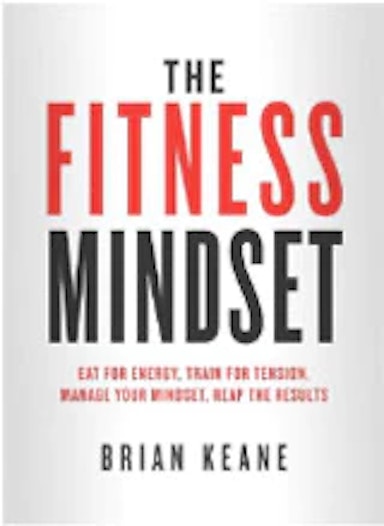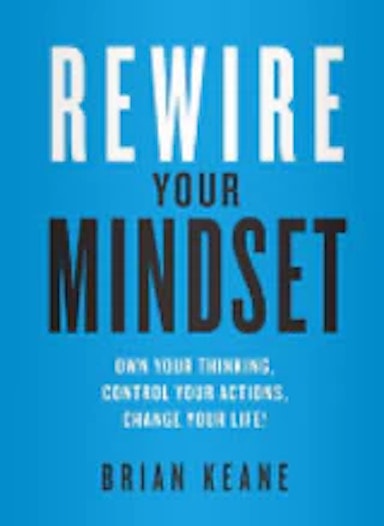Three Ways To Generate More Leads For Your Personal Training Business
- By Brian Keane
Lead generation can be a bit of a tricky topic to cover, as we tend to look for the ‘quick fix’ that will instantly solve the problem. We ask questions like “what’s the best way to run Facebook ads?” or “how can I hack instagram story ads” or “what lead magnet will have the highest conversion rate”. All great question to be fair but there’s two problems with this style of thinking. One, they are all external things that are out of your control and two they normally cost money (and/or time) to implement. One of my mentors used to tell me that ‘revenue is vanity and profit is sanity’ meaning that it doesn’t actually matter how much you make if you’re spending it all on things that are giving you a sub par return on value.
For example, look at these two examples and tell me which one you would prefer.
Personal Training Business 1:
- Revenue of 40k per year
- Outgoings (advertising, marketing etc.) 30k per year
- Profit: 10k per year
Or
Personal Training Business 2:
- Revenue of 30k per year
- Outgoings (advertising, marketing etc.) 5k per year
- Profit: 25k per year
Business 1 actually generated more revenue (earned more money) but business 2 has more money in their bank account at the end of the year. If you choose option one and want to tell your friends how much money you made, not caring about the actual bottom line and profit, then you can stop reading here. My message isn’t going to resonate regardless. However if you choose business 2, you realise that its actually the better of the two businesses.
I like to think of two businesses like two cars. Business one is like a Ferrari with some wobbly wheels (too much money going out that isn’t generating the desired return) but it can get its speed up very quickly and can go really fast. In this example, maybe it keeps growing year on year, 50k next year, 60k the year after and so on. However, the ‘leaks’ or outgoings remain high and it only takes one bump in the road (a recession, a new competitor entering the market, a technology disruption etc.) to derail the whole business and before you know it, its crashed and burned.
Business 2 is more like a Porsche. Its not quite as a fast but has four sturdy wheels and moves really well. True its max speed isn’t as fast as a Ferrari but its solid and can handle bumps in the road pretty easily. Even though it may not be growing as fast as business one, it is steadily increasing its revenue and its profit keeps on climbing. This type of business can withstand almost any bump in the road. It’s focused on building brand (so other competitors don’t affect its returns) and its profitable so it’s in a good position if the economy comes crashing down. The reason I give these two examples is to show how important it is to take a wide angled view for your business and make sure you set up the solid foundation before you even think about optimising lead generation. You can increase lead generation, improve conversion and make more sales but if you have too much needless money going out in another direction, its not going to matter too much. It’s like filling up a water bottle that has holes in it. You can keep pouring water in the top but its never going to fill.
Something I put a heavy focus on in any of my business consultations or business seminars is to work ‘on’ your business as well as ‘in’ your business. If you don’t get that balance right, then you’re destined to crash if circumstances change.
Your personal training business is exactly the same and the reason I’m focusing on lead generation is that sales are the lifeblood of any business. If you’re not making money, you can’t stay in business. It’s as simple as that. Instead of focusing on the external lead generations such as Facebook ads, Instagram influencers or lead magnet monetisation which are very specific to each individual business and the market you’re in– I’m going to focus on the things that you can apply across the board and that don’t cost you any money.
Side note: I cover these specific lead generation strategies in my full day business seminars as I’ll be able to give individual examples relative to the person’s business.
1. Find your perfect customer: Just to preface this point, it does depend on where you are in the life cycle of your business. If you’re at the very beginning and still trying to get your first clients, then this strategy doesn’t apply as much. At that initial stage, its about working with as many different demographics as you can in order to find who you work with best.
However if you’re already working full time as a personal trainer, then finding your perfect customer is crucial. Which begs the two questions: who is my perfect customer and how do I find them? Firstly to find your perfect customer it helps to understand what type of client you enjoy working with and find the intersection with where that overlaps with market needs. For example I designed my lean body program in 2016 off the back of deciding what kind of customer I wanted to work with. I played football most of life and understood the market needs on a deeper level than most and I overlapped that knowledge with finding a way to serve that market. I knew the problems and created the solution. That program allowed my players to get faster, stronger and leaner or bigger. I loved working with that type of client and it overlapped with a gap in the market. You may enjoy working with overweight middle aged women or teenagers who struggle with self confidence. As long as you enjoy working with that market, its just about waiting for an opportunity to present itself that overlaps with a gap in that market. There’s an old saying that “there’s riches in the niches” and the more niche you can get with any particular market, the more money you are likely to make.
Remember when you work with people you enjoy working with, it never really feels like work and that’s where the real sweet spot is because proceeds come from process. Once you’ve established who your perfect customer is, then the next step is position yourself as an authority in that area.
2. Position yourself as the authority: When building your business, it’s about showing how much you can help your particular market. If you’re working with overweight middle-aged women, an ab or glute selfie on your social media probably isn’t going to help with any lead generation. However a blog post on ‘breakfast tips on the go’ or a video on ‘alternative snacks to cereal bars’ positions you as somebody who understands their problems. Once you position yourself as an authority who understands how to help your market and you provide them with upfront value (a blog post, a video etc.), if they decide they want to work with a trainer, guess who they are going to come to first? Yes, you. Which brings me to my last point. Be the person that fixes their problem.
3. Be the person that fixes their problem: We massively overcomplicate business sometimes. It really is as simple as ‘find the problem and fix it’. That’s it. The socks you’re wearing on your feet are an example of a problem solved. Your feet would be cold without them or your shoes would feel uncomfortable without a layer between skin and sole, so you bought a pair of socks. That being said, socks are largely a commodity product and unless you’re a sock snob, you probably don’t focus too much on the brand you wear. You had a relatively small problem and you have relatively small requirements to fix the problem. Your socks probably need to fit your feet and be comfortable; you might even have a preference for the colour or design but that’s generally it.
Personal training and fitness is slightly different as people generally buy either you or the results you can potentially provide (in most cases its both) but the principle remains the same. Find the problem and fix it.
This goes hand in hand with using current clients as lead generation for future customers. Testimonies, before and afters or other forms of social proof all show that you are the person than can help your market fix their current problem.
If you know who your perfect customer is and you position yourself as an authority in that space, all you need to do then is show that you are the person that can fix their problem.
The reasons fat loss experts have clients is that they know how to reduce fat or lose weight. The reason strength and conditioning coaches have clients is that they know how to make athletes stronger and faster. It doesn’t matter what your area of expertise is but once you identify it, you can use testimonies or referrals to show that you’re the best person to help your market fix their problem.
Invert, always invert!
I wasn’t very good at math in school but one thing I always liked was algebra. More so because it involved inversion and working backwards in order to solve a problem. Solve for X for example. Business is the same. Sometimes it’s easier to fix a problem in reverse. Generating more leads can be a difficult problem to solve in a straight forward and linear way but it becomes a lot easier when you work backwards from the real problem or question- what is my clients actual problem and how can I help them? When you know what their problem is and how to fix it, then you just need to show yourself as an authority in that area. From my experience, with that model, clients tend to come to you and not the other way around.
For more information on any upcoming business seminars, email brian@briankeanefitness.com


